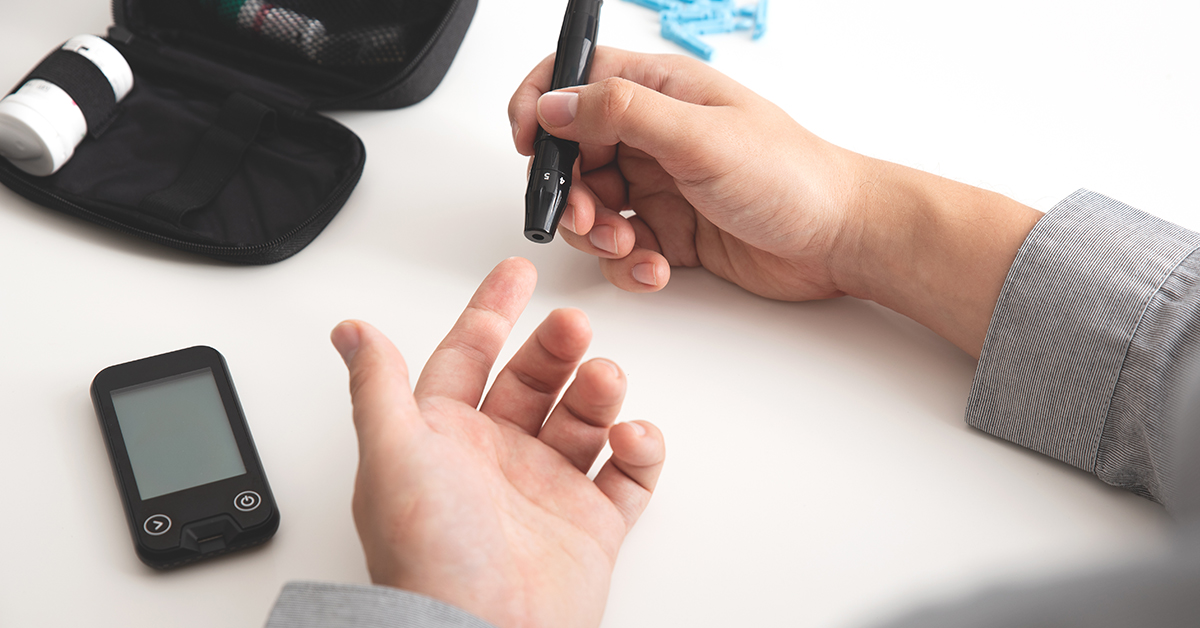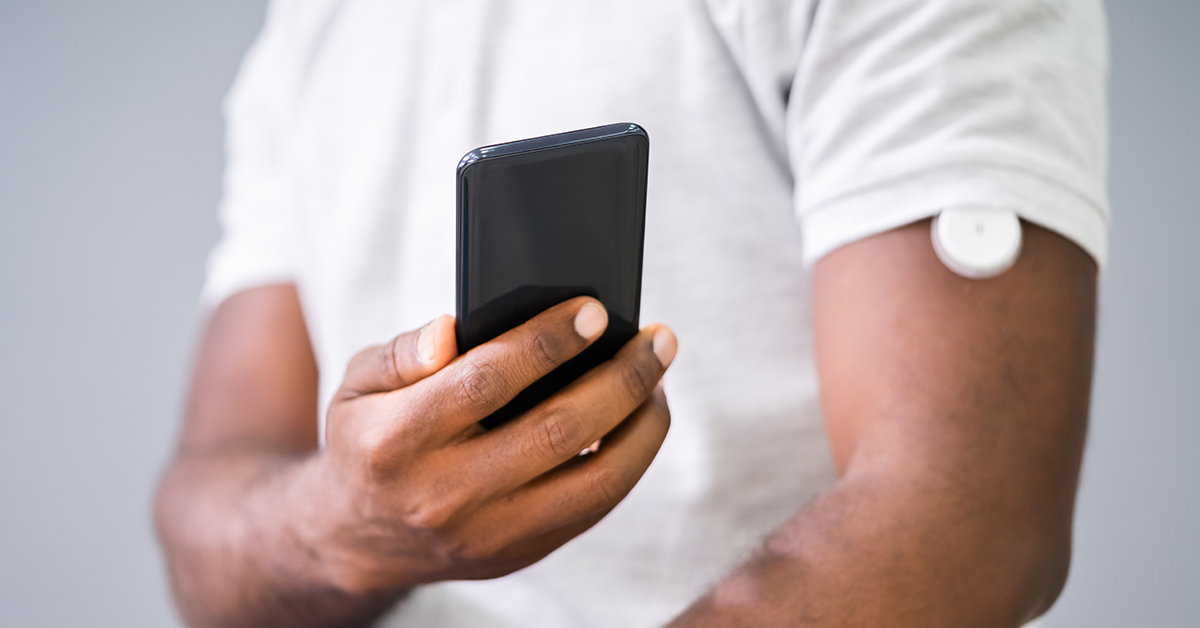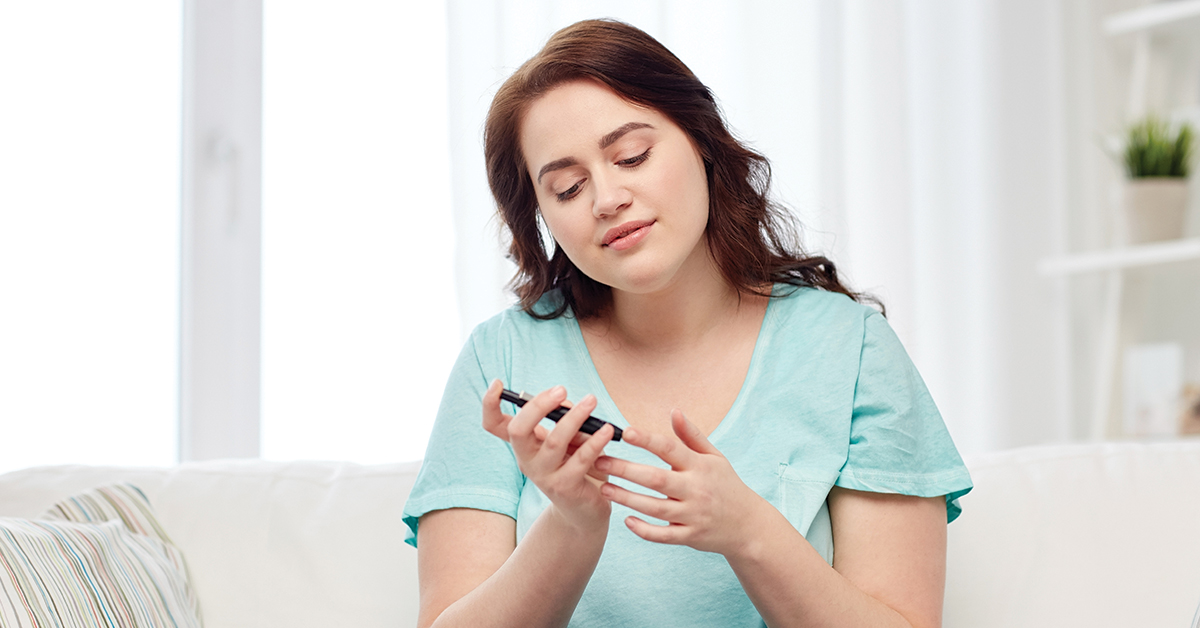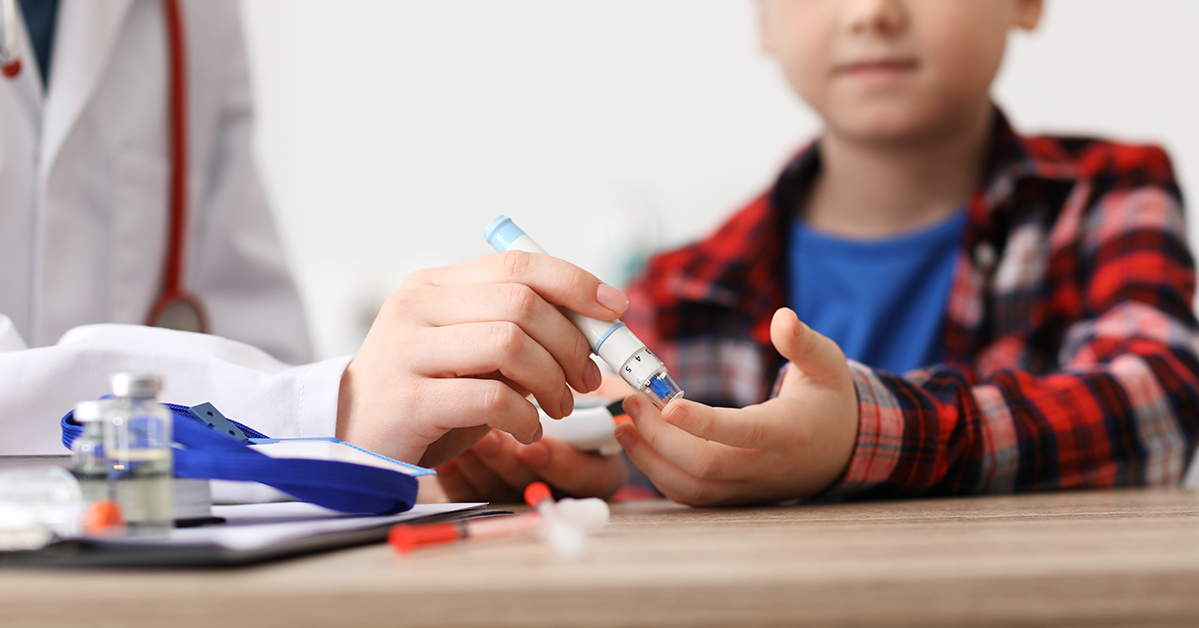
People with diabetes are more likely to develop heart disease or have a stroke than people without diabetes, and they are more likely to develop these problems at a younger age.
This is due, at least in part, to the fact that high blood glucose (blood sugar) levels can damage blood vessels as well as the nerves that control the heart and blood vessels. Additionally, people with diabetes often have a number of other risk factors that increase the chances of developing heart disease. These risk factors include being overweight (especially if the excess fat is found around the waist), high blood pressure, high cholesterol, being inactive, and smoking or using other tobacco products. Having a family history of heart disease or stroke also increases the risk. Because there is nothing we can do about our family history, it is even more important to take actions to minimize those risk factors that we can control.
Reducing your risk
Fortunately, you can reduce your risk of developing heart disease or having a stroke by taking steps to manage your blood glucose, monitoring your health, and making wise lifestyle choices. Here are some guidelines that will help.
• Alcohol intake: If you consume alcohol, check with your doctor to make sure it is all right for you to do so. Alcohol raises blood pressure by interfering with blood flow to and from the heart, and it can affect blood glucose levels. If your doctor says it is okay for you to drink alcohol, do so in moderation.
• Blood glucose: Aim for an A1C level of 7% or less by following your diabetes management plan.
• Blood pressure: Test your blood pressure regularly to make sure it is within the range your healthcare team has established for you, and have it professionally checked every time you visit your healthcare provider.
• Cholesterol: LDL cholesterol (sometimes called “bad” cholesterol) increases the risk of heart problems. Aim to keep yours below 2.0 mmol/L. To limit your LDL cholesterol and raise your HDL (“good”) cholesterol, limit the amount of animal fats you consume and eat more plant-based foods. Triglycerides, another type of blood fat related to cholesterol, can also raise heart disease risk. Check with your healthcare team to find out what range your triglycerides should be in and have your triglyceride levels checked periodically to make sure they are in that range.
• Smoking: The nicotine in tobacco causes blood vessels to narrow, which raises blood pressure. Smoking also makes blood pressure medications less effective. If you are a smoker and need help quitting, your London Drugs pharmacists can help with tips and smoking cessation products that can help you quit successfully.
• Stress: Stress can affect both blood pressure and blood glucose. Learn to manage stress in a healthy manner. Some options include socializing, being physically active, listening to soothing music, and engaging in a hobby you enjoy. Practicing relaxation techniques for just a few minutes each day can also help you manage your stress in a healthy manner.
Helpful relaxation techniques include:
• Yoga and tai chi are ancient arts that combine rhythmic breathing with postures or flowing movements. They provide a mental focus that is calming and can distract you from distressing thoughts.
• Mindful meditation involves sitting comfortably and focusing your attention on your breathing and on the present moment. Don’t let your mind drift to another time or place or to things you are concerned about. Research shows that mindful meditation may be helpful in relieving anxiety, depression, and pain.
• Guided imagery involves calling to mind images of places or experiences that you find soothing to help you relax.
• Breath focus is a simple technique in which you focus on taking long, slow, deep breaths and try to distance your mind from distracting thoughts.
• Body scan combines progressive muscle relaxation with breath focus. After a few minutes of deep breathing, focus your mind on one part of your body or one muscle group at a time and mentally release any physical tension you feel there. When the tension in that spot eases, shift your focus to another part of your body, moving your attention methodically until you have relaxed your entire body.
• Weight: Being overweight can make it more difficult to manage diabetes and can raise the risk for many health problems including high blood pressure and heart disease. A healthy eating plan and more physical activity often help. Excess fat carried around the waist can raise the risk of heart disease even in people who are not overweight. Ask your healthcare team to assess your waist circumference to see if your belly fat is in the healthy range.
When lifestyle changes aren’t enough to reduce your risk, your doctor may prescribe medication. It is important to take the medicine exactly as prescribed in order to get the most benefit from it. If you have any questions about your medicines or how to take them, your London Drugs pharmacists will be happy to answer them. Learn more about the Diabetes Management Clinics offered at London Drugs.

Managing your heart health
Coronary artery disease is the most common form of heart disease for people living with diabetes. This is caused by a buildup of plaque, or cholesterol deposits in the coronary artery walls. These arteries serve to supply oxygen and blood to the heart. When the plaque narrows or blocks the arteries, it decreases the blood flow to the heart, which can then cause a heart attack. If the blood flow to the brain is decreased, a stroke can occur. 1
Adults with diabetes are nearly twice as likely to have heart disease or stroke as adults without diabetes. 2 Gradually, high blood sugar can cause damage to your blood vessels and nerves. When your blood vessels are weak, they can become leaky and susceptible to cholesterol buildup. 3 However, you can make changes today to lower your risk of a heart attack or stroke by knowing you ABCDEsss 4*.
A – A1C of 7.0% or less
This lab test is done every 3 to 6 months measures your blood sugar control.
B – Blood pressure (BP) of less than 130/80 mmHg
Systolic is your top number. Diastolic is your bottom number.
C – Cholesterol (LDL cholesterol) less than 2.0 mmol/L
Buildup of LDL (low-density lipoprotein) and low HDL (high-density lipoprotein) increases the risk of heart attack and stroke.
Drugs
Speak to your health care team about medication to lower your risk of a heart attack or stroke.
Exercise and healthy eating.
See below for some tips.
Self-management support
People with diabetes should set personalized goals to manage their diabetes.
Screening for diabetes complications
Most people with diabetes will need a yearly foot exam, kidney evaluation and an eye exam.
Smoking increases your risk of heart attack and stroke
If you smoke, you should quit.
How to reduce your risk of a heart attack and stroke*
Maintain a healthy plate. 6
• Cook at home. Try to limit highly processed food and restaurant food that are high in salt, fat, and sugar. 7
• Read food labels. Look for foods with a % daily value (%DV) of less than 5% for fat, sodium, sugars. 8
• Make a grocery list. This helps to prevent impulse buys, helps you stay on budget and reduces food waste. 9
Exercise: Keeping active helps your diabetes and your heart
Experts recommend that keeping active can have major benefits for your diabetes, heart, and your weight. It is recommended that you should try to get 5*:
• 150 minutes of aerobic exercise per week. Aerobic is exercise that makes you breathe faster and raises your heart rate. e.g. brisk walking, swimming, dancing, and riding a bike.
• Lifting weights 2 to 3 times per week.
Symptoms of heart disease. 10
The symptoms of heart disease may differ between men and women. Signs may include:
• Chest pain, including a burning sensation, heaviness or pressure/discomfort in the chest
• Upper body discomfort in your arms, neck, shoulders, back or jaw
• Shortness of breath
• Lightheadedness/fainting
• Sweating
• Nausea
If you experience any of these symptoms, immediately call 911 or your local emergency number.
TM see www.ascensiadiabetes.ca/tm-mc. All other trademarks are the property of their respective owners © 2021 Ascensia Diabetes Care Canada Inc.
* Patient should consult with their health care provider about taking medications and prior to making any changes to treatment regimen. 1. Centers for Disease Control and Prevention (2021). Diabetes and Your Heart. https://www.cdc.gov/diabetges/library/features/diabetes-and-heart.html. 2. National Institute of Diabetes and Digestive and Kidney Diseases (2020 NIDDK). Diabetes, Heart Disease, and Stroke. https://www.niddk.nih.gov/health-information/diabetes/overview/preventing�problems/heart-disease-stroke. 3. Heart and Stroke Foundation. Diabetes and heart disease: your top 3 questions answered. https://www.heartandstroke.ca/articles/diabetes-and-heart-disease-your-top-3-questions-answered. 4. Diabetes Canada (2020 Canadian Diabetes Association). Staying healthy with diabetes. https://www.diabetes.ca/DiabetesCanadaWebsite/media/Managing-My-Diabetes/Tools%20and%20Resources/staying-healthy-with-diabetes.pdf?ext=.pdf. 5. Diabetes Canada (2020 Canadian Diabetes Association). Physical activity and diabetes. http://guidelines.diabetes.ca/docs/patient-resources/physical-activity�and-diabetes.pdf. 6. Canada’s Food Guide (2019 Government of Canada). Food guide snapshot. https://food-guide.canada.ca/en/food-guide-snapshot. 7. Canada’s Food Guide (2019 Government of Canada). Cook more often. https://food-guide.canada.ca/en/healthy-eating-recommendations/cook-more-often. 8. Canada’s Food Guide (2019 Government of Canada). Use food labels. https://food-guide.canada.ca/en/healthy-eatingrecommendations/using-food-labels. 9. Canada’s Food Guide (2019 Government of Canada). Meal planning. https://food-guide.canada.ca/en/tips-for-healthy-eating/meal-planning. 10. Heart and Stroke Foundation. Emergency Signs. https://www.heartandstroke.ca/heart-disease/emergency-signs.
 Nearly half of all Canadians who are living with a diagnosis of diabetes are over age 65. Older adults with diabetes may face numerous health challenges. Among these difficulties are movement and balance issues that make it harder to lead an active lifestyle, dietary restrictions that complicate meal planning, and age-related health problems like reduced vision or memory. Combined, these factors present obstacles to managing blood sugar levels and preventing diabetes complications.
Nearly half of all Canadians who are living with a diagnosis of diabetes are over age 65. Older adults with diabetes may face numerous health challenges. Among these difficulties are movement and balance issues that make it harder to lead an active lifestyle, dietary restrictions that complicate meal planning, and age-related health problems like reduced vision or memory. Combined, these factors present obstacles to managing blood sugar levels and preventing diabetes complications.















